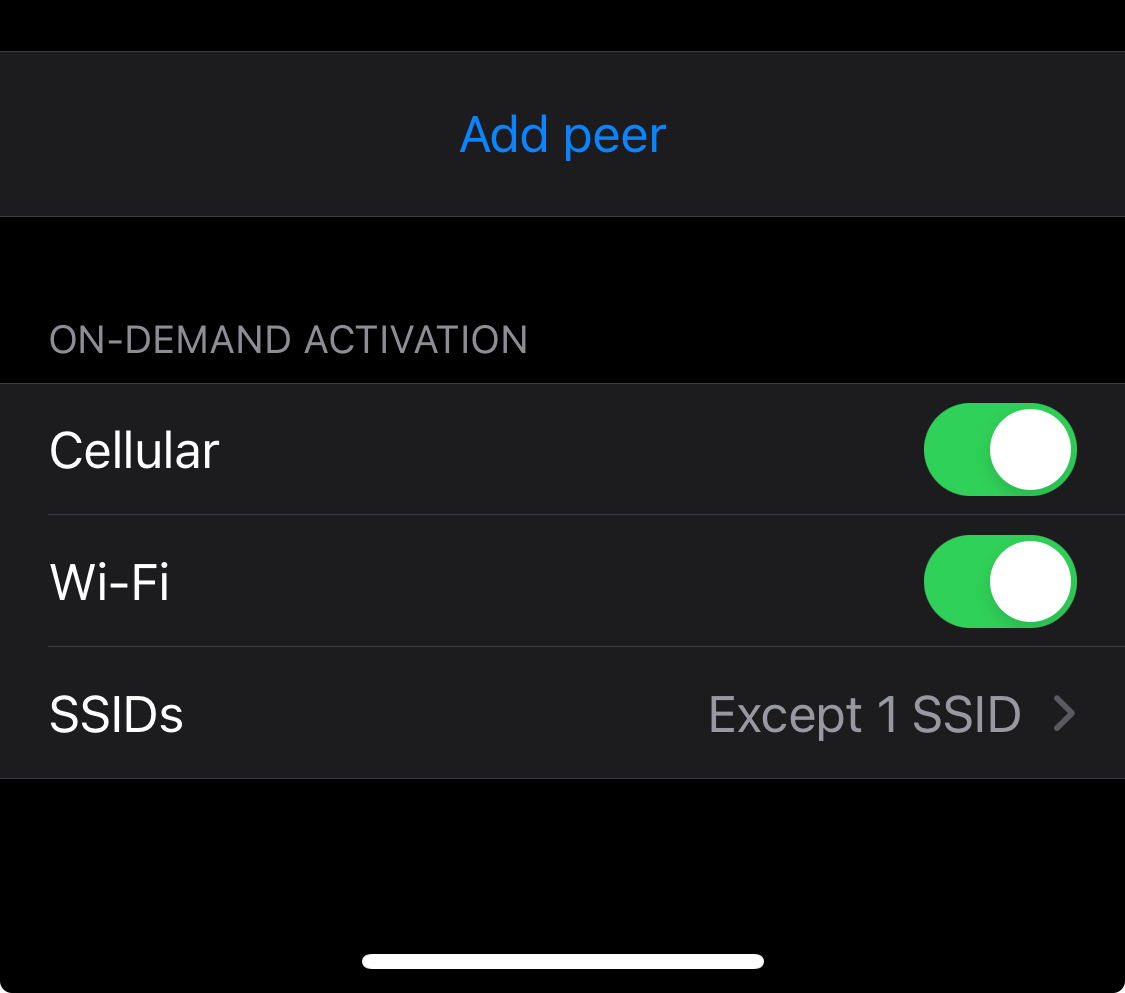

The mastodon version of a post or, sadly, tweet.
It’s, uh, not the best name.
But maybe, just maybe, it more appropriately attributes correct value to a social media thing. ;)


The mastodon version of a post or, sadly, tweet.
It’s, uh, not the best name.
But maybe, just maybe, it more appropriately attributes correct value to a social media thing. ;)


If it’s a backup server why not build a system around an CPU with an integrated GPU? Some of the APUs from AMD aren’t half bad.
Particularly if it’s just your backup… and you can live without games/video/acceleration while you repair your primary?


Good enough? I mean it’s allowed. But it’s only good enough if a licensee decides your their goal is to make using the code they changed or added as hard as possible.
Usually, the code was obtained through a VCS like GitHub or Gitlab and could easily be re-contributed with comments and documentation in an easy-to-process manner (like a merge or pull request). I’d argue not completing the loop the same way the code was obtained is hostile. A code equivalent of taking the time (or not) to put their shopping carts in the designated spots.
Imagine the owner (original source code) making the source code available only via zip file, with no code comments or READMEs or developer documentation. When the tables are turned - very few would actually use the product or software.
It’s a spirit vs. letter of the law thing. Unfortunately we don’t exist in a social construct that rewards good faith actors over bad ones at the moment.


As someone who worked at a business that transitioned to AGPL from a more permissive license, this is exactly right. Our software was almost always used in a SaaS setting, and so GPL provided little to no protection.
To take it further, even under the AGPL, businesses can simply zip up their code and send it to the AGPL’ed software owner, so companies are free to be as hostile as possible (and some are) while staying within the legal framework of the license.


Pros:
Cons:


Pijul is a very exciting project. I’ve wanted to try it for months buy haven’t found the time.
I’m on iOS and do the same thing.
The WireGuard app has a setting to “connect on demand”. It’s in the individual connections/configurations.

You can then set either included or excluded SSIDs. There’s also an option to always connect when you’re on mobile/cellular data.
I imagine the Android app is similar.


DM’ed you the link.
Reason: personal GitHub account.


Reddit was aggressively rate limiting tools used to delete and edit content in a funny way when the API pricing was announced. The API wouldn’t return an error, the rate limiting was silent, and the tools would report successful deletion or edits even when the edit or deletion wasn’t made.
I had to modify an existing script to handle the 5-second rate limit and, lieu of deleting, I just rewrote each comment with a farewell.
Even then I did 3 passes (minor additional edits) in cases Reddit was saving previous edits.
My content has stayed edited.


Neat, I’ll have to look it up. Thanks for sharing!


Nextcloud isn’t exposed, only a WireGuard connection allows for remote access to Nextcloud on my network.
The whole family has WireGuard on their laptops and phones.
They love it, because using WireGuard also means they get a by-default ad-free/tracker-free browsing experience.
Yes, this means I can’t share files securely with outsiders. It’s not a huge problem.


Update: I went and had a look and there’s a Terraform provider for OPNSense under active development - it covers firewall rules, some unbound configuration options and Wireguard, which is definitely more than enough to get started.
I also found a guide on how to replicate pfBlocker’s functionality on OPNSense that isn’t terribly complicated.
So much of my original comment below is less-than-accurate.
OPNSense is for some, like me, not a viable alternative. pfBlockerNG in particular is the killer feature for me that has no equivalent on OPNSense. If it did I’d switch in a heartbeat.
If I have to go without pfBlockerNG, then I’d likely turn to something that had more “configuration as code” options like VyOS.
Still, it’s nice to know that a fork of a fork of m0n0wall can keep the lights on, and do right by users.


If you backup your config now, you’d be able to apply the config to CE 2.7.x.
While this would limit you to an x86 type device, you wouldn’t be out of options.
I am an owner of an SG-3100 as well (we don’t use it anymore), but that device was what soured me on Netgate after using pfSense on a DIY router at our office for years…
I continued to use pfSense because of the sunk costs involved (time, experience, knowledge). This is likely the turning point.


Cluster of Pi4 8GBs. Bought pre-pandemic; love the little things.
Nomad, Consul, Gluster, w/ TrueNas-backed NFS for the big files.
They do all sorts of nifty things for us including Nightscout, LanguageTool OSS, monitoring for ubiquiti, Nextdrive, Grafana (which I use for home monitoring - temps/humidity with alerts), Prometheus & Mimir, Postgres, Codeserver.
Basically I use them to schedule dockerized services I want to run or am interested in playing with/learning.
Also I use Rapsberry Pi zero 2 w’s with Shairport-sync (https://github.com/mikebrady/shairport-sync ) as Airplay 2 streaming bridges for audio equipment that isn’t networked or doesn’t support AirPlay 2.
I’m not sure I’d buy a Pi4 today; but they’ve been great so far.


Discomfort can be a good thing; change is often uncomfortable.
But that’s a far cry from being tortured and it sounds like that’s what Musk does to the people around him; using platitudes and words of wisdom as weapons of control and coercion.
As someone who runs a self-hosted mail service (for a few select clients) in AWS, this comment ring true in every way.
One thing that saved us beyond SPF and DKIM was DMARC DNS records and tooling for diagnosing deliverability issues. The tooling isn’t cheap however.
But even then, Microsoft will often blacklist huge ranges of Amazon EIPs and if you’re caught within the scope of that range it’s a slow process to fix.
Also, IP warming is a thing. You need to start slow and at the same time have relatively consistent traffic levels.
Is it worth it, not really no - and I don’t think I’d ever do it again.


They do indeed: https://httptoolkit.com/blog/apple-private-access-tokens-attestation/
From the article:
The focus here is primarily on removing captchas, and as such it’s been integrated into Cloudflare (discussed here) and Fastly (here) as a mechanism for recognizing ‘real’ clients without needing other captcha mechanisms.
Fundamentally though, it’s exactly the same concept: a way that web servers can demand your device prove it is a sufficiently ‘legitimate’ device before browsing the web.


The name instantly conjures the flute melody.
A wonderful piece of science fiction.
TIL - thanks!